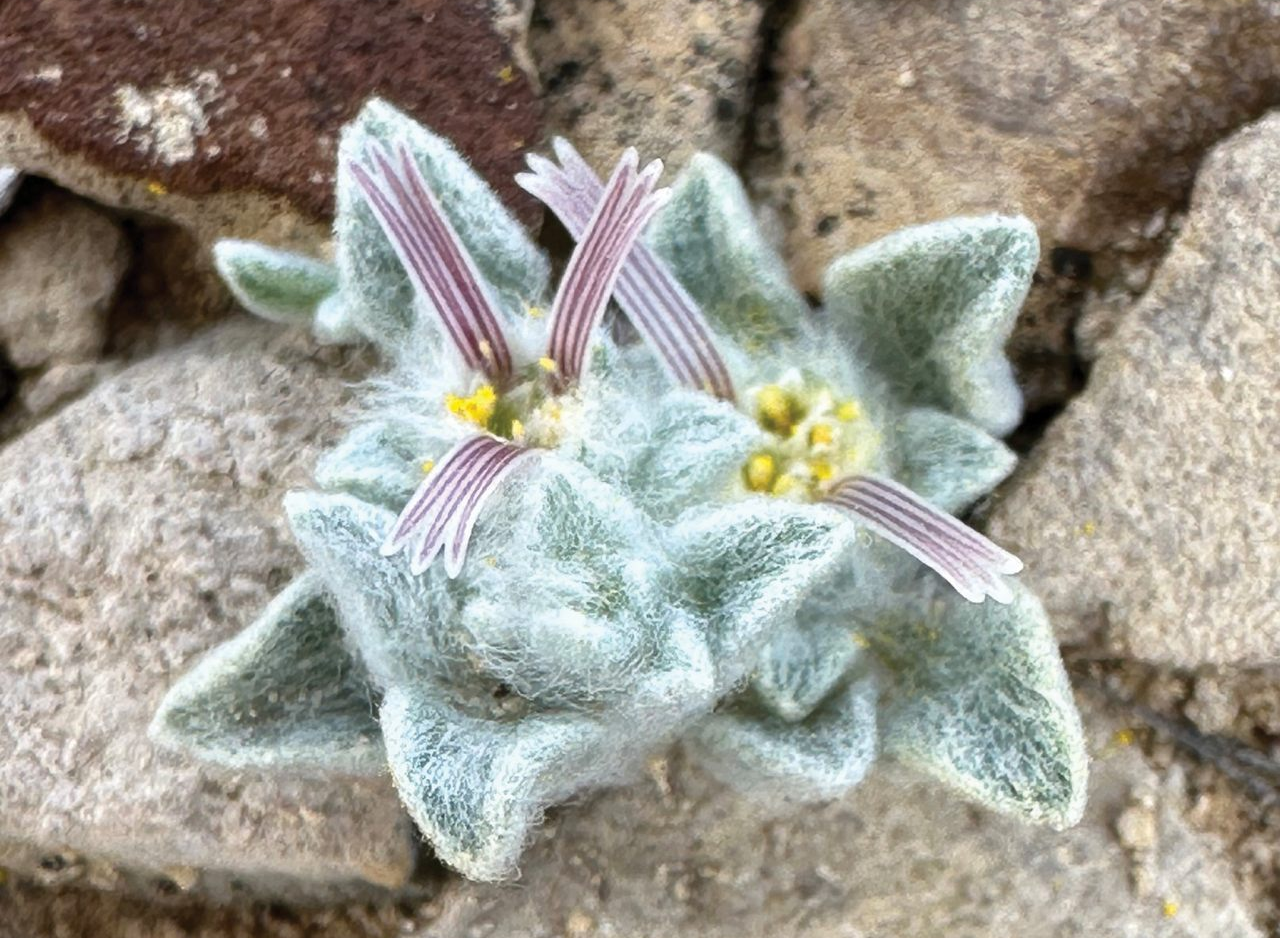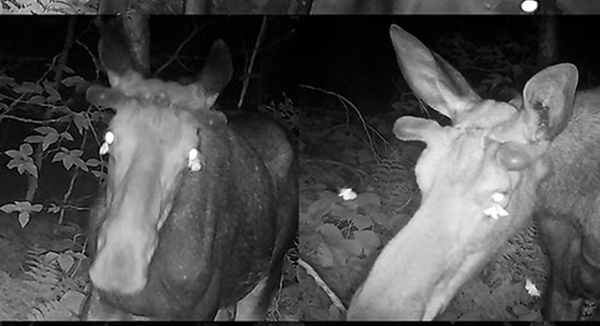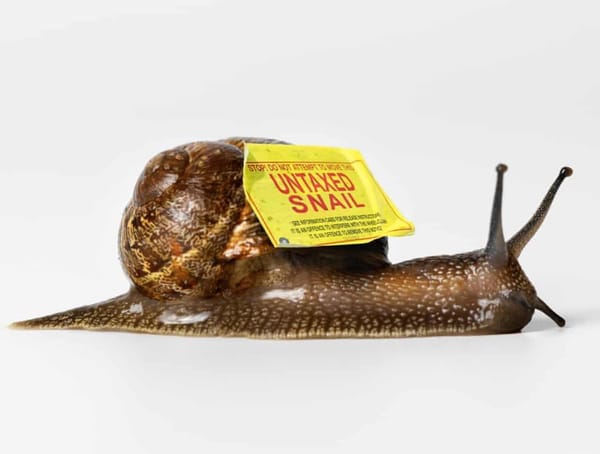Baby incubators started as part of a Coney Island sideshow

From PBS: "It was Coney Island in the early 1900’s. Beyond the Four-Legged Woman, the sword swallowers, and “Lionel the Lion-Faced Man,” was an entirely different exhibit: rows of tiny, premature human babies living in glass incubators. Barkers, including a young Cary Grant, called out to passersby, enticing visitors to come see the preemies. Visitors paid a few coins to enter and would approach rows of incubators along the wall, peering through the glass windows at the tiny, shriveled preemie babies living inside. The brainchild of this exhibit was Dr. Martin Couney, an enigmatic figure in the history of medicine. A French-born doctor, Couney created and ran incubator-baby exhibits on the island from 1903 to the early 1940s, and though he died in relative obscurity, he is credited with saving the lives of thousands of the country’s premature babies."
A park ranger on a hike in Texas accidentally discovered a brand new genus of plant

From Atlas Obscura: "Cathy Hoyt, the supervisory park ranger for Big Bend National Park, and volunteer botanist Deb Manley go for walks together once a month around Big Bend, which is in western Texas near the Mexico border. It’s a big park – over 800,000 acres. So in early March of 2024, they went out on their regular monthly walk to go look at some plants, but then they saw something they didn't recognize. It was very small, less than the size of a quarter, tiny and fuzzy, with little ribbon-like flowers sticking up out of the middle that had pink and white stripes on them. So the first thing Manley did was consult a guidebook to plants in the area called, Flowering Plants of Trans-Pecos Texas and Adjacent Areas. But it wasn't in there. Then she tried putting photos of this fuzzy little plant up on an app called iNaturalist, but nobody recognized it."
Why there's a bright pink refrigerator in the middle of the Namibian desert

From Africa View Facts: "Imagine stumbling upon a fully operational pink refrigerator, stocked with cold beverages, nestled incongruously in the heart of the arid wilderness. It's not a hallucination or a mirage — it's a creation by the Namibia Tourism Board, designed to surprise and delight weary adventurers. Located en route to Desert Grace by Gondwana, a 20-minute drive from the main road, this unique installation has garnered attention as a must-see photo opportunity for those traversing this remote stretch of desert. The bright pink hue of the fridge contrasts sharply against the muted tones of the surrounding landscape, making it an unmistakable landmark in an otherwise featureless terrain. Powered by solar energy, the pink fridge acts as a beacon of hospitality, offering a refreshing respite to tourists exploring the region."
Hi everyone! Mathew Ingram here. I am able to continue writing this newsletter in part because of your financial help and support, which you can do either through my Patreon or by upgrading your subscription to a monthly contribution. I enjoy gathering all of these links and sharing them with you, but it does take time, and your support makes it possible for me to do that. I also write a weekly newsletter of technology analysis called The Torment Nexus.
In the 1800s a precursor to tomato ketchup was sold as medicine

From Paintvine: "In the 18th century, ketchup was far from the tomato-based sauce we know and love today. Its origins trace back to a fermented fish sauce from Southeast Asia called "kê-tsiap", which evolved into "kecap". British colonists, intrigued by this exotic concoction, brought it back to Europe and tried to replicate it. In 1834, Dr. John Cooke Bennett, an American physician, revolutionised ketchup by introducing tomatoes into the recipe. He believed tomatoes were packed with pectin, lycopene, and other nutrients with potent medicinal properties. This steered ketchup into the realms of medicine, where Dr Bennett promoted tomato ketchup pills and powders as a cure for common ailments such as diarrhoea, indigestion, and jaundice. This medicinal ketchup quickly became a sensation, and its popularity soared. However, the success of these tomato extract pills led to an influx of copycat products, and as these inferior products flooded the market, the trend for tomato pills waned."
There is a newt in the Pacific Northwest that could kill you if you even touch it

From Crooked Timber: "The world’s most toxic newt is Taricha granulosa, the Rough-Skinned Newt, a modest little amphibian native to the North American Pacific Northwest. It’s so toxic that the poison from a single newt can easily kill several adult humans. Why is it so toxic? The simple version: the newt is in an arms race with the common garter snake, Thamnophis sirtalis. The garter snake is a small-to-medium sized snake that is common all over North America. And while it will eat pretty much anything it can catch, the garter snake particularly likes amphibians: small frogs, salamanders and newts. And in the Pacific Northwest, it really likes snacking on the Rough-Skinned Newt. So the garter snakes of the Pacific Northwest have been evolving resistance to tetrodotoxin, which is the stuff that makes the blue-ringed octopus so deadly. It’s produced by symbiotic bacteria that live in the newt’s body, mostly on its skin."
Sometimes volcano eruptions can create lightning strikes inside the plume
Dirty lightning, also known as volcanic lightning, occurs when volcanic ash particles collide, generating static charges that discharge as lightning within the volcanic plume.pic.twitter.com/wR288CZoip
— Wonder of Science (@wonderofscience) June 5, 2025
Acknowledgements: I find a lot of these links myself, but I also get some from other newsletters that I rely on as "serendipity engines," such as The Morning News from Rosecrans Baldwin and Andrew Womack, Jodi Ettenberg's Curious About Everything, Dan Lewis's Now I Know, Robert Cottrell and Caroline Crampton's The Browser, Clive Thompson's Linkfest, Noah Brier and Colin Nagy's Why Is This Interesting, Maria Popova's The Marginalian, Sheehan Quirke AKA The Cultural Tutor, the Smithsonian magazine, and JSTOR Daily. If you come across something interesting that you think should be included here, please feel free to email me at mathew @ mathewingram dot com



